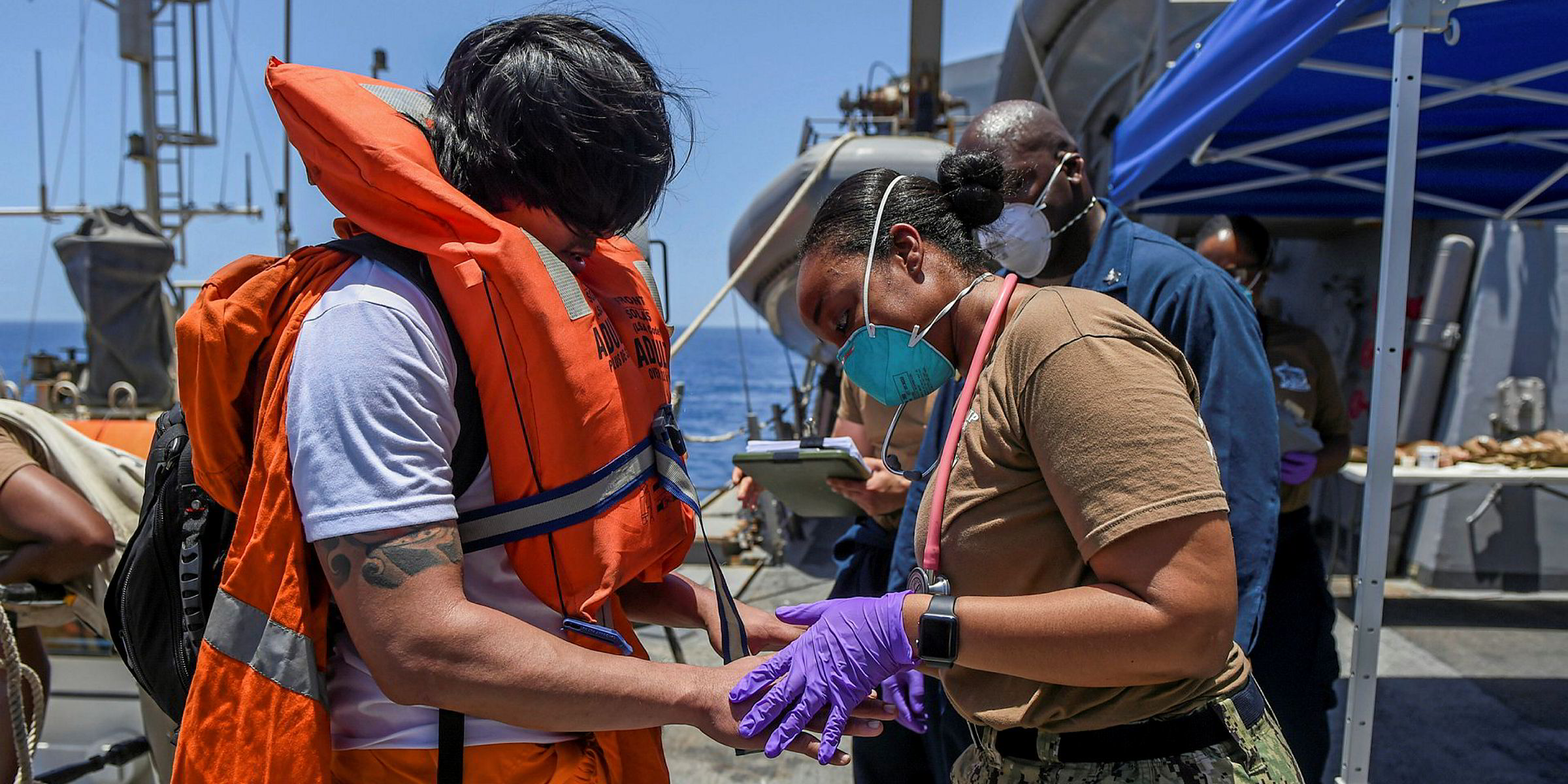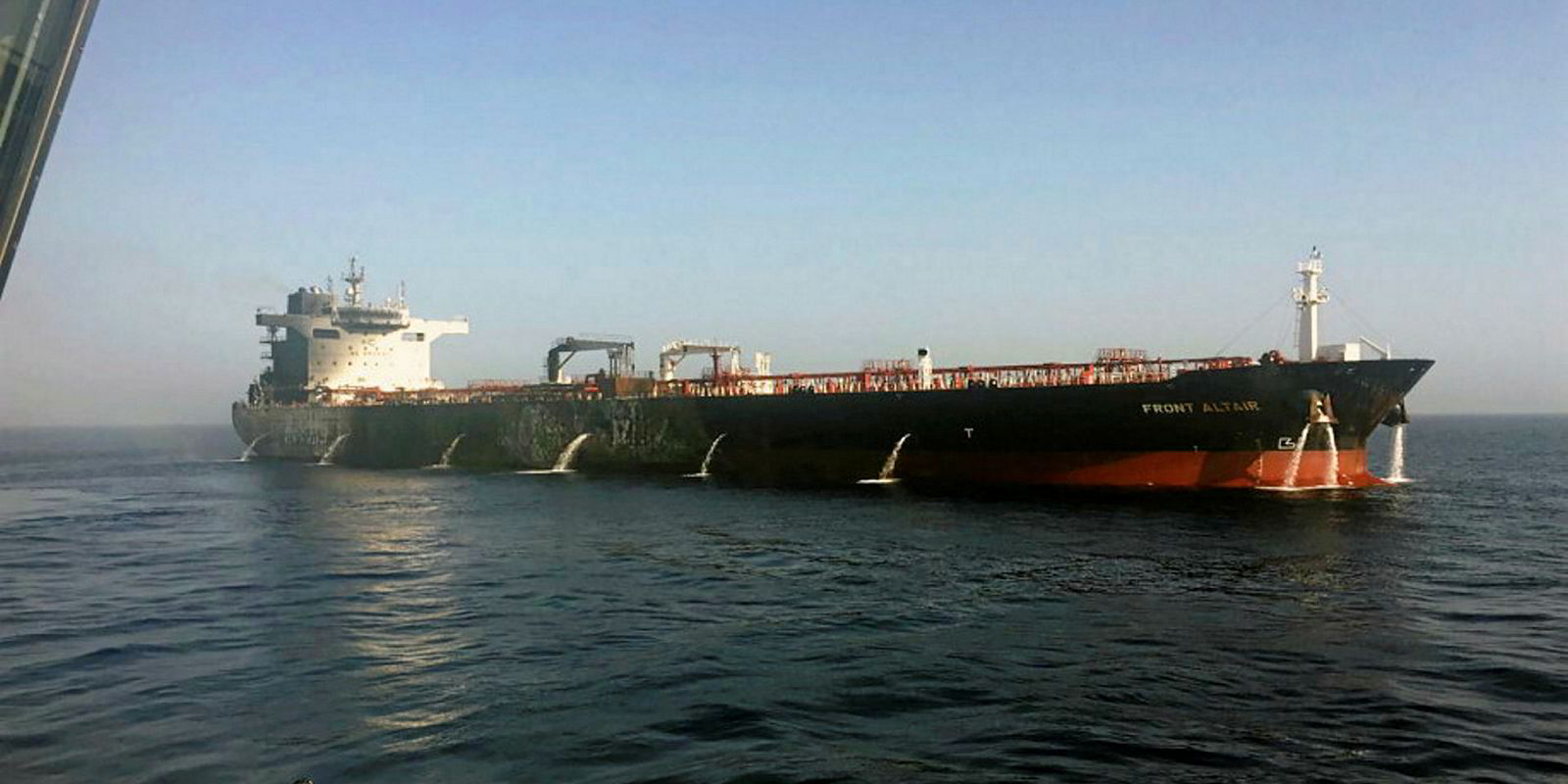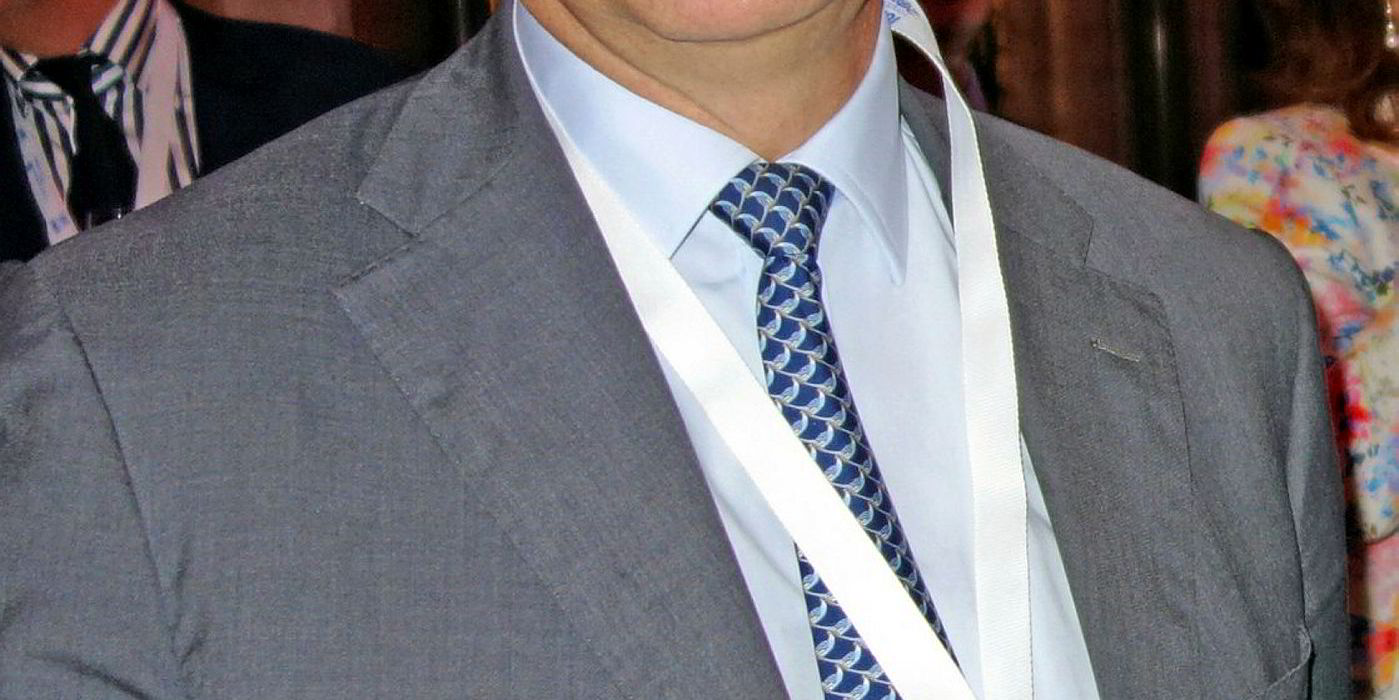The cost of war-risk cover has risen tenfold for vessels in areas of the Middle East Gulf designated high risk after the most recent tanker attacks off Fujairah.
Insurers applied the rate increase immediately as the United Arab Emirates, including the emirate of Fujairah, had been declared a high-risk area by the Joint War Committee following the first wave of attacks last month.
War-risk rates are usually quoted as a percentage of hull and machinery premiums.
Chasing higher rates
Prior to the attacks, rates of 0.025% were quoted for trading to additional premium, or high-risk areas, in the Middle East Gulf.
On average, that has increased to 0.25% since last week's attacks on the 110,000-dwt Front Altair (built 2016) and 27,000-dwt Kokuka Courageous (2010).
Insurance brokers said some shipowners are already looking to switch providers of war-risk cover because some underwriters are chasing even higher increases in premiums.
One war-risk provider told TradeWinds: “Owners have been coming to us because their existing providers are asking for 0.4%.”
Some expect rates could continue to rise until the situation eases, with the reinsurance market seeking to protect itself through further premium rises from cover providers.
War-risk cover is provided to fill all of the war-risk exclusions for piracy, terrorism and related perils in conventional protection and indemnity and hull and machinery cover.
War-risk claims are relatively infrequent, which is one of the reasons premiums are usually low.
The last time war-risk levels took such a hike was when piracy attacks off the coast of Somalia spiked between 2008 and 2011, when war-risk rates increased for ships trading off the Indian Ocean/north-east coast of Africa.
Owners have been coming to us because their existing providers are asking for 0.4%
War-risk provider
Financial exposure
However, the potential financial exposure of war-risk providers is high because cover usually includes both the property and the third-party liabilities, such as salvage and pollution containment.
War-risk cover includes both P&I and the hull and machinery claims, and providers mostly share the risk with reinsurers, to varying degrees.
The Front Altair was covered by the Oslo-based Norwegian Shipowners' Mutual War Risks Insurance Association (DNK), it has confirmed. Frontline Management director Christopher Walker sits on the DNK shipowners’ board.
DNK, as a mutual run by Norwegian shipowners, actually maintains a comparatively high retention of risk within the club.
However, it is regarded as one of the richest war-cover providers in terms of its financial reserves.
The mutual announced solvency capital of $946m at the end of its 2018 financial year.
DNK is declining to comment on the Front Altair while the situation is ongoing. Although it is almost certainly a war-risk claim, a decision has yet to be made on the attack.
Withstanding costs
However, it is likely to involve the larger claim of the two incidents, with the Front Altair seemingly suffering the most damage and requiring emergency response salvage, firefighting and pollution containment response in a high-risk area.
According to sources, the Japanese-owned Kokuka Courageous is covered by the Japan War Risk pool — an association set up by a group of Japanese mainstream marine insurance providers to act as a separate war risk cover provider for local owners.
The financial strength of the pool’s backers are likely to mean that it will be able to withstand the cost of the accident.







